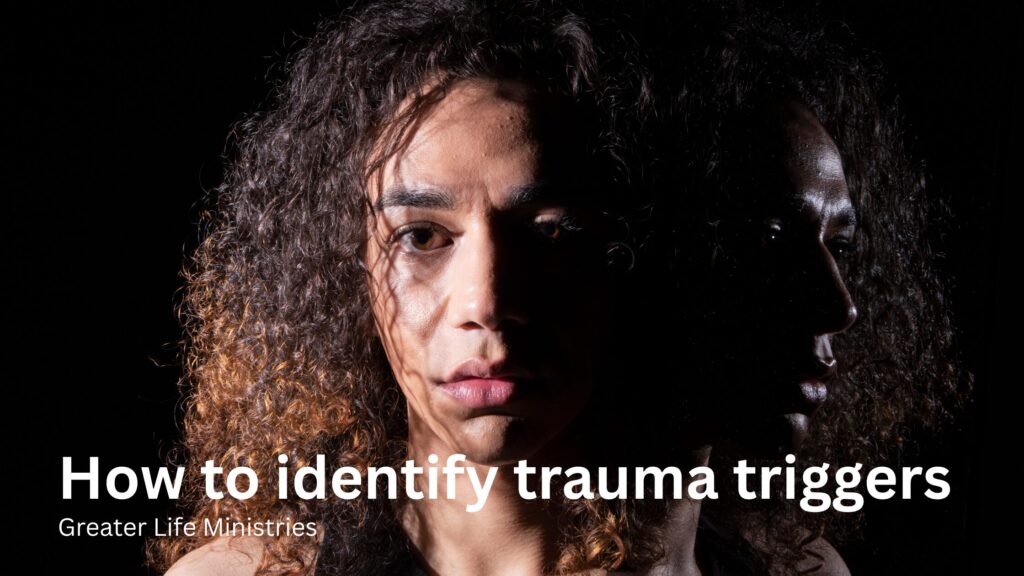
Examples of Trauma Triggers in Everyday Life
Here are some examples of trauma triggers in everyday life:
- A person who experienced childhood abuse might feel triggered by:
- Seeing a certain type of clothing or accessory worn by someone from their past
- Hearing a specific song or music genre that reminds them of the traumatic event
- Smelling a particular perfume or scented product used by an abuser
- A person who experienced a natural disaster might feel triggered by:
- Seeing images of the affected area on social media
- Hearing news reports about similar disasters
- Feeling strong emotions (e.g., anxiety, fear) in response to changes in weather patterns
Understanding Trauma Triggers
Recognizing and understanding trauma triggers is essential for developing coping strategies and managing symptoms. By acknowledging what triggers your responses and taking steps to manage those triggers, you can reduce feelings of overwhelm and increase your sense of safety and control.
Keep in mind that everyone’s experience with trauma triggers is unique, and it may take time to identify the specific triggers that affect you. If you’re struggling with trauma triggers or symptoms, consider seeking support from a mental health professional.
Definition
A trauma trigger is a stimulus, situation, or memory that can cause a person to feel overwhelmed, anxious, or relive a traumatic experience. Trauma triggers are often linked to the original traumatic event(s) and can be activated by various stimuli, such as sights, sounds, smells, emotions, or even physical sensations.
Trauma triggers can be highly individualized and may vary from person to person. What might trigger one person’s anxiety or avoidance is not necessarily the same for another individual.
Here are some common examples of trauma triggers:
Sights:
- A specific color or pattern
- A particular object or item that resembles something from the traumatic event (e.g., a certain type of vehicle)
- A visual image or scene that recreates the traumatic event
Sounds:
- A specific noise or sound that was present during the traumatic event (e.g., a car alarm)
- Music or music genres that evoke strong emotions
Smells:
- Odors associated with the traumatic event (e.g., smoke, blood, or chemical smells)
- Certain perfumes or scented products that remind you of the traumatic event
Emotions:
- Emotions that were present during the traumatic event (e.g., fear, anger, or helplessness)
- Certain emotions that trigger memories of the traumatic event (e.g., anxiety or sadness)
Physical sensations:
- Touching or being touched in certain ways (e.g., being grabbed or restrained)
- Specific body positions or postures that evoke memories of the traumatic event
Memories and flashbacks:
- Vivid memories or flashbacks of the traumatic event
- Triggers that cause you to feel like you’re reliving the traumatic experience (e.g., a specific location, time, or situation)
People and relationships:
- Certain people who were present during the traumatic event
- Relationships that resemble or mirror the dynamics of the original traumatic event

